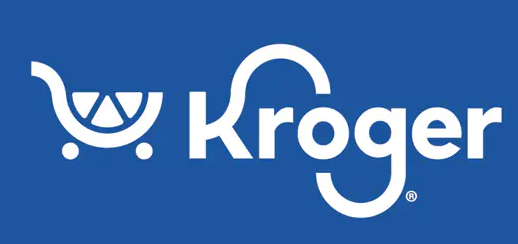How to Choose the Best SaaS Project Management Tool for Marketing Teams


How to Choose the Best SaaS Project Management Tool for Marketing Teams
December 6, 2024 11:24:28 AM EST
5
min read
The Best Workflow Management Software Features For Enterprise Marketing Teams


The Best Workflow Management Software Features For Enterprise Marketing Teams
November 26, 2024 10:57:31 AM EST
4
min read
Measuring the ROI of Online Proofing Software


Measuring the ROI of Online Proofing Software
June 27, 2024 5:34:47 AM EDT
5
min read
Choosing the right Business Process Workflow Software


Choosing the right Business Process Workflow Software
May 27, 2024 6:24:01 AM EDT
5
min read
Effective team collaboration with Digital Asset Management Software


Effective team collaboration with Digital Asset Management Software
April 23, 2024 4:44:30 AM EDT
5
min read
Revolutionizing Remote Work: The Impact of Work Management Software


Revolutionizing Remote Work: The Impact of Work Management Software
September 5, 2023 5:45:12 AM EDT
3
min read
Why do Advertising Agencies need better Project Management Software?
-1.png)
-1.png)
Why do Advertising Agencies need better Project Management Software?
July 18, 2023 8:08:28 AM EDT
3
min read
Benefits of Online Proofing tool for marketing teams


Benefits of Online Proofing tool for marketing teams
July 5, 2023 9:10:33 AM EDT
4
min read
The Complete Guide to ISO Certification


The Complete Guide to ISO Certification
April 3, 2023 6:05:12 AM EDT
3
min read
What is Enterprise Workflow Management Software


What is Enterprise Workflow Management Software
February 15, 2022 9:18:00 AM EST
13
min read
How Kroger Transformed Promotional Execution with Aproove!


How Kroger Transformed Promotional Execution with Aproove!
October 14, 2021 7:50:00 AM EDT
3
min read
Workflow Diagram - How to Create Workflow Chart

Workflow Diagram - How to Create Workflow Chart
August 3, 2021 6:23:00 AM EDT
10
min read
